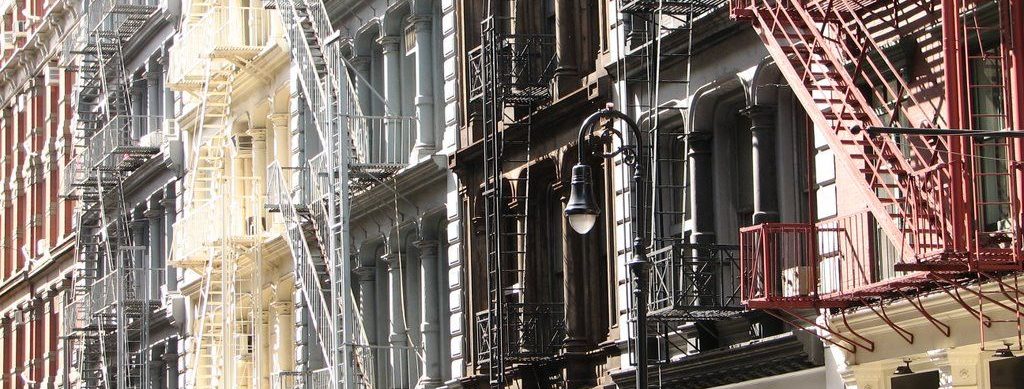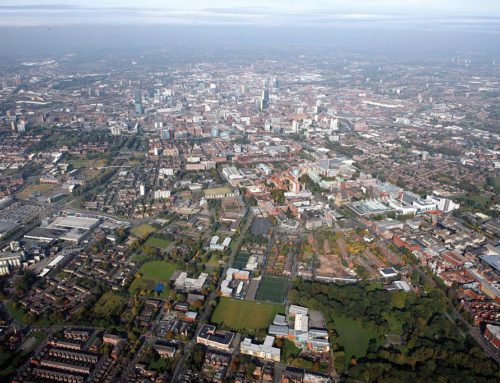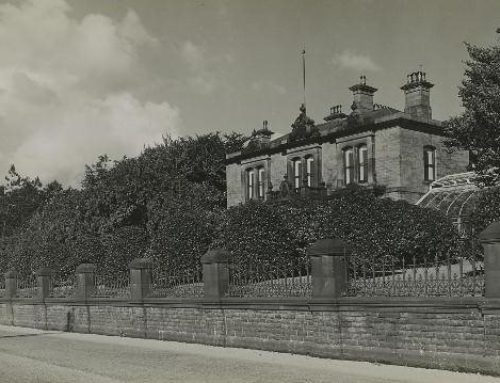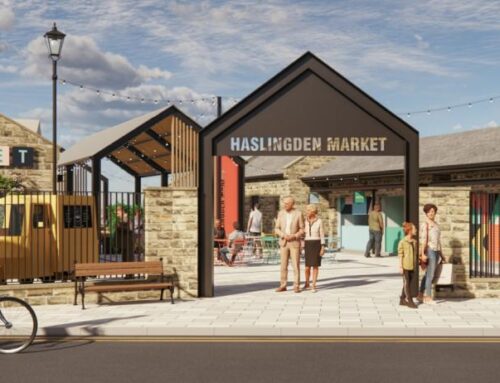When it comes to building, you would always want to use the best products, no matter the project you want to do.
There are two types of construction – commercial or residential. Therefore, choosing a suitable material is vital.
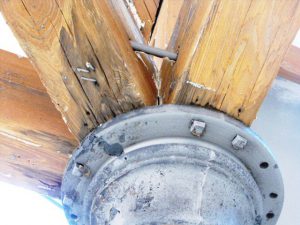 In this article, I would like to look into the building material – Steel and Cast Iron.
In this article, I would like to look into the building material – Steel and Cast Iron.
What would benefit your building better? What would you choose? For example, would it be cast Iron or Steel? Is one better than the other? What are their pros and cons?
All these are essential questions, but what are the answers.
Let’s examine both products and see where we would benefit the most.
The Difference
Firstly, is there any difference? And does it matter?
Steel has iron in it, but due to the casting process, Steel has less carbon. The structural differences between iron and Steel are enough to make a difference in how the Construction Professionals could use the material in the industry; they are both suitable for their jobs.
Iron is an element.
Used for centuries, we find cast iron in many heritage buildings in towns and cities today. The Flex Mill in Ditherington, Shrewsbury, – which English Heritage own – is the first textile mill to replace its wooden frames with Cast Iron.
The Earliest cast iron artefact was found in China, dating back to the 5th Century BC.
In the west, cast iron was not available until the 15th Century at the earliest, and one of its first uses was cannons.
Cast iron has good compression (Pressure on the iron) strength, but its tensile (Stretchy) power is not good. Therefore, it is unsuitable if a sharp edge or flexibility is needed.
We can read events where cast-iron bridges had collapsed due to too much weight on the central beams. Lack of knowledge of this material resulted in five deaths in 1847 at the Dee Bridge Disaster. Many similar bridges were rebuilt using wrought iron. A lesson learnt for the engineers is that cast iron is not the best material for constructing bridges.
Cast iron enabled builders to construct tall complexes that allowed natural light through more oversized windows, which thick masonry walls did not provide. This innovation was much appreciated and is valued still in SoHo, Lower Manhattan; New York has many cast-iron buildings that are still in use.
Belper West Mill (Derby), built by Mr William Strutt in 1792, was the world’s first attempt at creating a fire-proof building and the first attempt at fire engineering. The mill was built using cast-iron columns and timber beams within the depth of brick arches that formed the floors, plastering the exposed beam soffits to fire-proof the structure. However, until 1804, William Strutt built on his father’s old mills foundations (Strutt’s North Mill). In effect, the Creation of the oldest surviving examples of Iron-framed’ fire-proof’ building in the world.
Steel is an alloy made up of iron and carbon.
What is an alloy? An alloy is a mixture of two or more elements, one being a metal (e.g. iron) to make a new material.
 We can find the earliest known production of Steel in pieces of ironware excavated in Turkey, dating from 1800 BCE
We can find the earliest known production of Steel in pieces of ironware excavated in Turkey, dating from 1800 BCE
But, the Steel we know today is a fine cast iron product known as pig iron, manufactured in the 13th Century. Further refinements created the product we know as Steel. You will find Steel in many buildings, machines, vehicles, tools and others.
Steel can come in different grades, but we will be looking at structural Steel.
In the 1850s, Henry Bessemer developed ‘the Bessemer process to produce Steel, gaining patents in 1855 and 1856. it wasn’t until 1858 that they completed the conversion of cast iron into cast steel.
In 1928 the Chrysler building was completed using steel-supported brick build and still raimains the words tallest of it kind.
Structures you may know that are made from Steel are:
- Willis Tower, Chicago
- Brooklyn Bridge, New York
- Burj Khalifa, Dubai
- And many more.
Structural Steel has good tensile and compression, making its overall strength ideal for large construction projects. Due to this and its low cost, contractors use this Steel in different construction and engineering projects.
In Scotland, the Forth Bridge is now known as a landmark for bridge design located across the Firth of Forth. The final design for the bridge was constructed in 1889 using Steel after the principal designers rejected the original plan following the collapse of the original Tay Rail Bridge due to extreme weather in 1878.
It took nine years before the Tay Rail Bridge was replaced with a Steel and Iron structure parallel to the remains of the original bridge. After extensive testing by the Board of Trade, the new form was found favourable; in 2003, the bridge was strengthened and refurbished, winning an Engineering award to mark the scale and difficulty of the project.
The results
It is easy to see why it can be hard to decide what would be best for your projects.
So, in conclusion, if you want a tall building that will need significant floor strength, Steel is the way to go. With Steel, you will get good compress ion and tensile strength; you will not have to worry about your flooring giving way. You can go as tall as you are able.
ion and tensile strength; you will not have to worry about your flooring giving way. You can go as tall as you are able.
This material is top-notch amongst its competition.
But this is not to say cast iron is booted out the door; the use of this hardened material is still a cornerstone in its field, with its compression strength height is not a problem. Moreover, cast iron is a champion when used in the correct area.
The test of time is on this material side. We only need to look around our towns and cities to see buildings with cast-iron pillars and girders throughout still standing strong.
More buildings constructed today are Steel, and time will tell if this resource can keep standing like its contemporary.
More information
Difference Between Iron and Steel | Difference Between | Iron vs Steel


